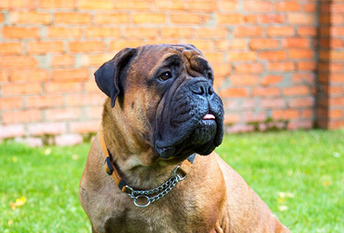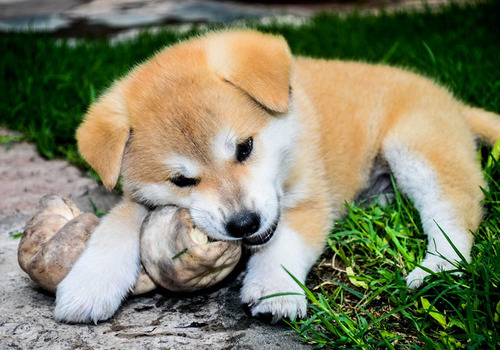Akitas are Japan’s entry in the ancient canine clan of spitz-type dogs bred around the world on the globe’s northern latitudes. The breed as we know it was developed in the early 17th century in the Akita prefecture of northern Japan.
In addition to its instinctive hunting skills, the Akita was bred specifically to be a pit-fighting dog, used to fight other dogs in specially staged competitions during the 17th, 18th and even 19th centuries. As dog-fighting became unpopular - and in places, unlawful - the Akita found a number of other ways to use its talents.
The breed continues to be used to hunt wild boar, deer, and other large game. It also is a trusted guard dog, police dog and competitive show dog. Finally, the Akita has become valued as a loyal companion. Through generations of selective breeding, today’s Akita has a superior size and a fearless spirit. He can be somewhat obstinate and requires firm but kind leadership from his owner.
The Akitainu Hozankai Society of Japan was founded in 1927 to preserve the purity of the Akita breed. In July of 1931, the Japanese government designated the Akita as one of its country’s national treasures. Akitas were instrumental in World War II, and the breed rose markedly in popularity after the war, when returning American servicemen brought Akitas home to their families.











